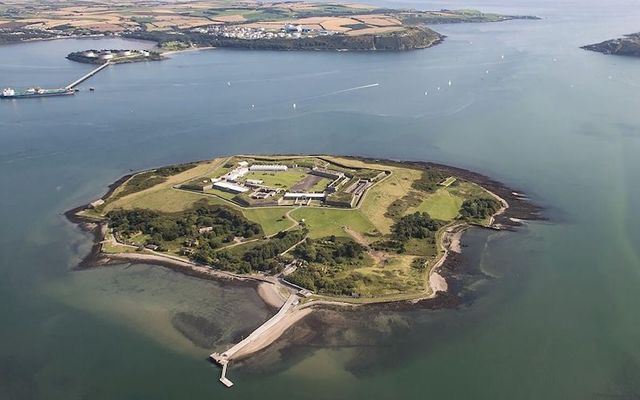Spike Island, in Cork Harbour, has launched its newest exhibition "Entwined History: Revealing Spike Island’s Forts," commemorating the 220th anniversary of Fort Westmoreland’s foundation.
The exhibition, running from July 2024, showcases the architectural plans and historical artifacts associated with the island’s rich military past.
Originally the site of a 7th century monastic settlement, Spike Island has served as both a prison and a military fortress due to its strategic location.
Each year, Spike Island’s annual exhibition reflects on the island's rich history, heritage, and people and this year’s exhibition showcases the island’s significance and strategic location within Cork Harbour.
Constructed in response to increasing threats during the late 18th century, Fort Westmoreland - now Fort Mitchel - was a formidable structure armed with 60 guns and designed to defend Cork Harbour. Despite its initial strategic importance, the fort's construction was halted after Napoleon’s defeat in 1815, leaving many structures unfinished until The Great Famine when Spike Island became a convict depot for prisoners awaiting transportation.
Read more
Speaking ahead of the exhibition's launch, Spike Island’s Museum Curator Dorota Gubbins said: “We are thrilled to present 'Entwined History,' which marks the 220th anniversary of the laying of the foundation stone for Fort Westmoreland, now known as Fort Mitchel.
"This exhibition not only highlights Spike Island's strategic importance within Cork Harbour, shaped by pivotal events such as the American Revolution and the Napoleonic Wars, but also showcases invaluable architectural plans, photographs and rare artifacts offering rich insights into the island's storied past. We are deeply grateful for the generous contributions from families and supporters, which help us bring this history to life for our visitors.”
View this post on Instagram
"Entwined History" features original architectural plans from the British National Archives showcasing the design and construction of the fort and the only known photograph of convicts working on the bastions of the fort in the mid to late 1800’s highlighting the scale of contribution made by the convicts during the island’s time as a transportation depot.
In addition, the exhibition also features a collection of rare artifacts, some of which have been kindly donated or loaned to Spike Island including a miniature King James Bible which is believed to be the smallest bible ever printed and a porcelain creamer from one of the Beach Cottages located along the shore of the island, as well as a collection of original photographs which date back as far as the 1890s.
Spike Island is just 15 minutes ferry ride from the beautiful heritage town of Cobh in County Cork. Access to the island is by ferry from Kennedy Pier in Cobh - visit www.spikeislandcork.ie for sailings and opening times.




Comments